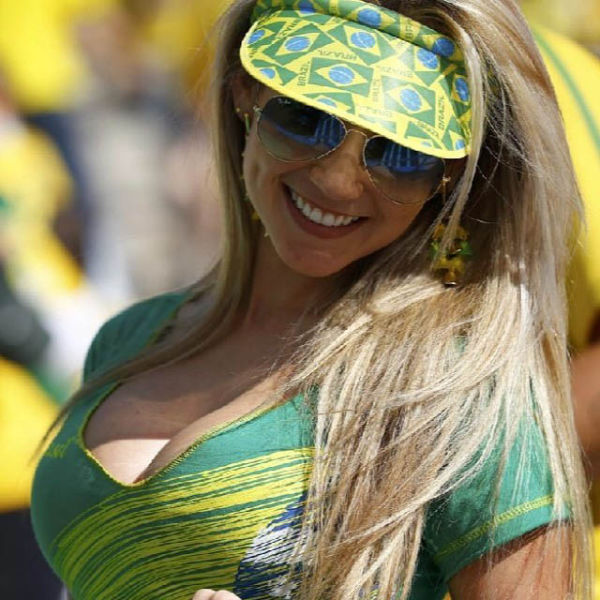|
|
Cute Football Fan Girls
|
Richard Mulcaster, a student at Eton College in the early 16th century and later headmaster at other English schools, has been described as "the greatest sixteenth Century advocate of football". Among his contributions are the earliest evidence of organised team football. Mulcaster's writings refer to teams ("sides" and "parties"), positions ("standings"), a referee ("judge over the parties") and a coach "(trayning maister)". Mulcaster's "footeball" had evolved from the disordered and violent forms of traditional football:
some smaller number with such overlooking, sorted into sides and standings, not meeting with their bodies so boisterously to trie their strength: nor shouldring or shuffing one an other so barbarously ... may use footeball for as much good to the body, by the chiefe use of the legges.
In 1633, David Wedderburn, a teacher from Aberdeen, mentioned elements of modern football games in a short Latin textbook called Vocabula. Wedderburn refers to what has been translated into modern English as "keeping goal" and makes an allusion to passing the ball ("strike it here"). There is a reference to "get hold of the ball", suggesting that some handling was allowed. It is clear that the tackles allowed included the charging and holding of opposing players ("drive that man back").
A more detailed description of football is given in Francis Willughby's Book of Games, written in about 1660. Willughby, who had studied at Bishop Vesey's Grammar School, Sutton Coldfield, is the first to describe goals and a distinct playing field: "a close that has a gate at either end. The gates are called Goals." His book includes a diagram illustrating a football field. He also mentions tactics ("leaving some of their best players to guard the goal"); scoring ("they that can strike the ball through their opponents' goal first win") and the way teams were selected ("the players being equally divided according to their strength and nimbleness"). He is the first to describe a "law" of football: "they must not strike (an opponent's leg) higher than the ball".
|
|









